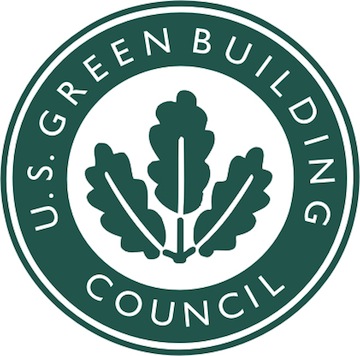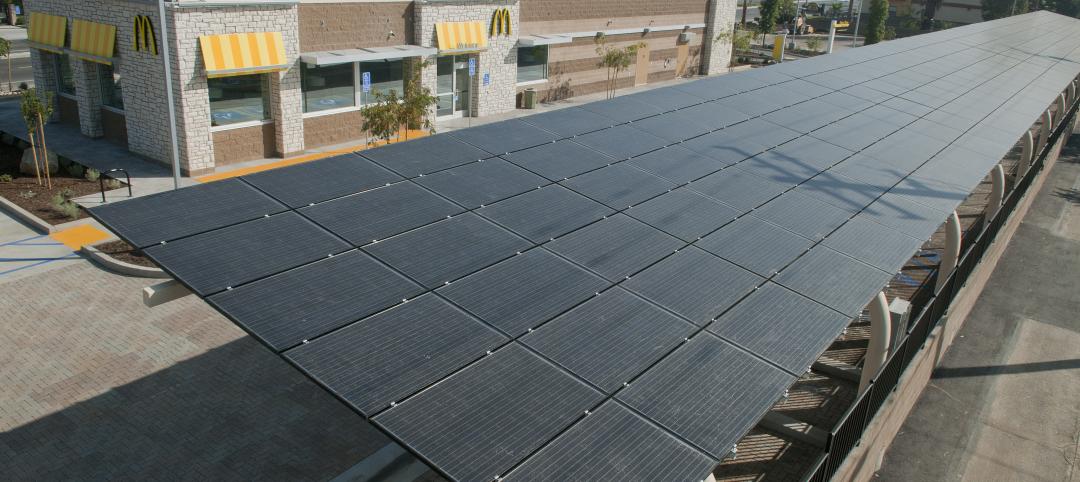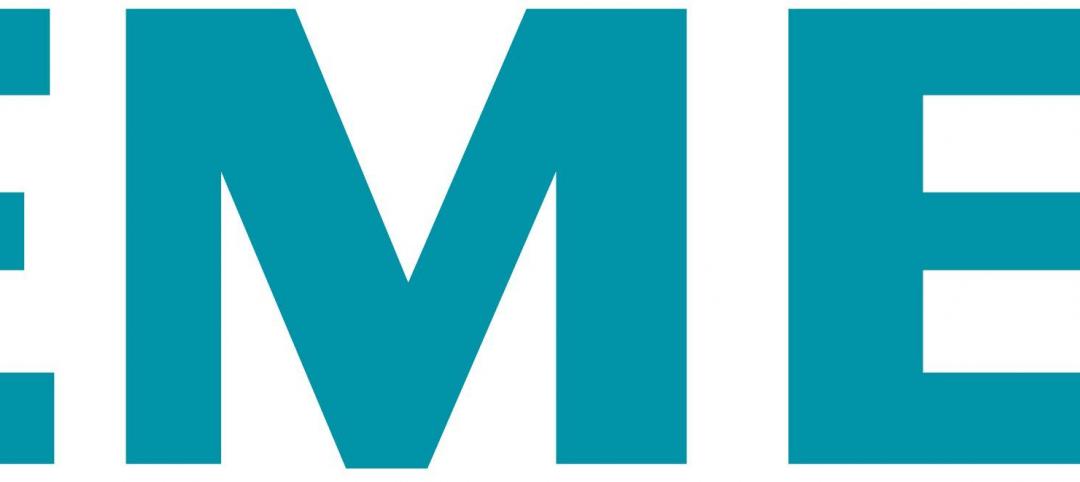The U.S. Green Building Council (USGBC) joined with six major organizations at the UN Conference on Sustainable Development (Rio+20) to announce the Global Initiative on Urban Resilience (GIUR), an effort designed to spur building and infrastructure development, create new investment opportunities, and foster community action around the world. Partner organizations include the C40 Cities Climate Leadership Group; ICLEI International; the World Bank; the Eye on Earth Summit; the Johns Hopkins University School of Advanced International Studies Program on Energy, Resources, and the Environment; and the Earth Council Alliance of Rio de Janeiro.
“Resilience cuts across all issues and sectors, and provides a new and vital dimension to the cause of sustainable development,” said Jason Hartke, Ph.D., vice president of national policy at USGBC. “This initiative will mobilize a new brand of leadership — leadership that advances solutions today while preparing us for the challenges of tomorrow.”
The GIUR aims to create solutions by focusing on urban geographies, identifying the synergies between city governments, nongovernmental organizations, financial institutions, and different business sectors. The report of the UN Secretary-General's High-Level Panel on Global Sustainability, “Resilient People —Resilient Planet: A Future Worth Choosing,” outlines a compelling vision, including 56 specific recommendations as well as a call to action.
“Mayors know the supposed choice between saving money and spending it on climate action is a false one. Mayors know climate change puts their cities at particularly great risk, but they also know there is economic opportunity for cities in the response to climate change. This initiative represents an opportunity for C40 to identify partnerships and resources that can turn plans for adaptation investment into action,” said Jay Carson, executive director of C40 Cities Climate Leadership Group, in partnership with the Clinton Climate Initiative.
The GIUR will focus on eight key areas, but will refine its reach as innovative ideas emerge. These goals of the GIUR are identified as: convene a core group of organizations that will coordinate stakeholders to provide global reach and dimension to the initiative; encourage a resiliency dimension to the green building movement; take a whole-of-urban government approach; develop new incentives for budget action on resilience by local governments around the world; build awareness of resilience as an indispensable precondition to sustainable development; develop harmonized metrics for success to better achieve milestones and outcomes; integrate geographic information systems and geospatial infrastructure into planning and budget decisions; and integrate systems for natural capital accounting, avoiding losses and reducing costs associated with shocks and disasters.
Konrad Otto-Zimmermann, secretary-general of ICLEI Local Governments for Sustainability, representing an association of more than 1220 local government members, observed that, “urban resilience must apply not only to climate change, but to all other shocks and stresses that affect community systems.”
“Building resilient communities worldwide requires innovation and new partnerships, bringing big money to portfolios of green economy projects," noted Dr. David Jhirad, director of the Energy, Resources, and Environment Program at the Johns Hopkins University School of Advanced International Studies and HRH Prince Sultan bin Abdul Aziz Professor in Energy and Environmental Policy.
Said Rachel Kyte, vice president for sustainable development at the World Bank: “We have to change the way we think about infrastructure, agriculture, transportation, water, energy, how communities become resilient and what kind of information we share. We have to help people make infrastructure decisions that will prove resilient far into the future.”
Related Stories
| Jan 31, 2012
Chapman Construction/Design: ‘Sustainability is part of everything we do’
Chapman Construction/Design builds a working culture around sustainability—for its clients, and for its employees.
| Jan 27, 2012
BRB Architects designs new campus center for Molloy College
Intended to be the centerpiece of the College’s transformation from a commuter college to a 24-hour learning community, the “Public Square” will support student life with spaces such as a café, lounges, study rooms, student club space, a bookstore and an art gallery.
| Jan 26, 2012
HOK partners with USGBC on design of Haiti children's center
Passive design principles give form to a sustainable, restorative environment for the children of Haiti.
| Jan 26, 2012
American Standard names Gould as president and CEO
Gould succeeds Don Devine, who led the successful turnaround of American Standard Brands.
| Jan 24, 2012
Rockingham County Judicial Center receives USGBC Gold NC v.2.2
The Rockingham facility is the first judicial center in North Carolina to seek certification from the U.S. Green Building Council’s LEED Building rating system.
| Jan 19, 2012
LEED puts the 'Gold' in Riverside golden arches
McDonald's restaurant recognized for significant energy savings.
| Jan 17, 2012
SOM launches Los Angeles design studio
Expert team to join the firm's West Coast practice, focusing on innovative urban and environmentally sustainable design in Southern California
| Jan 15, 2012
535 Madison Avenue achieves LEED Gold certification
Class-A commercial building meets sustainability requirements of LEED Program.
| Jan 4, 2012
Siemens acquires Pace Global Energy Services
Acquisition will enhance portfolio with new energy consulting and management services.

















